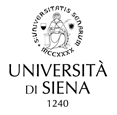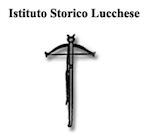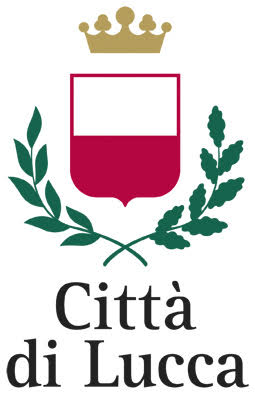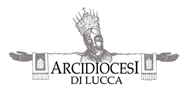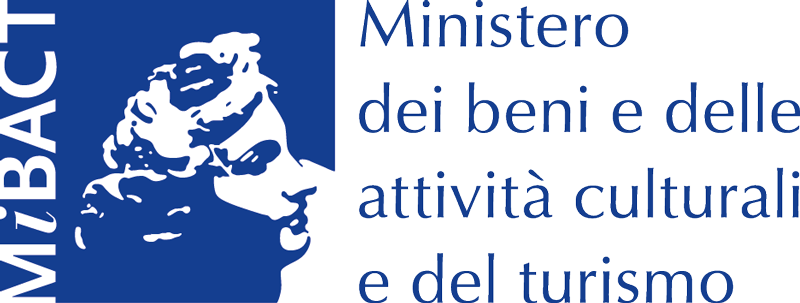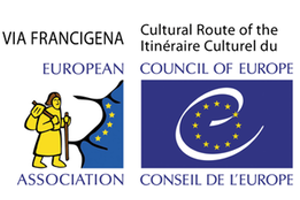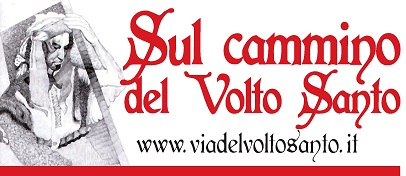Throughout the Middle Ages, John the Evangelist, identified as the author of both the Book of Revelation and the most profound and theologically informed of the four Gospels, provided monks and nuns with a figure of inspiration and an exemplar of vision and virginity. Rather than the historical apostle, this book's protagonist is a persona of the Evangelist established in theology, the liturgy, and devotional practice: the model mystic, who, by virtue of his penetrating insight, was seen as having become a mirror image of Christ. In St. John the Divine,Jeffrey Hamburger identifies a remarkable set of images from the ninth to the fifteenth centuries that identify the inspired Evangelist so closely with the deity that he appears as his living image and embodiment. Hamburger explores the ways these representations of St. John in the guise of Christ elucidate the significance of images as such in medieval theology and mysticism. Above all, he shows how these artworks, presented together for the first time, epitomize the relationship between the visible and the invisible: between ideas, however abstract, and the concrete images that medieval Christians confronted face-to-face. Throughout the Middle Ages, John the Evangelist, identified as the author of both the Book of Revelation and the most profound and theologically informed of the four Gospels, provided monks and nuns with a figure of inspiration and an exemplar of vision and virginity. Rather than the historical apostle, this book's protagonist is a persona of the Evangelist established in theology, the liturgy, and devotional practice: the model mystic, who, by virtue of his penetrating insight, was seen as having become a mirror image of Christ. In St. John the Divine,Jeffrey Hamburger identifies a remarkable set of images from the ninth to the fifteenth centuries that identify the inspired Evangelist so closely with the deity that he appears as his living image and embodiment. Hamburger explores the ways these representations of St. John in the guise of Christ elucidate the significance of images as such in medieval theology and mysticism. Above all, he shows how these artworks, presented together for the first time, epitomize the relationship between the visible and the invisible: between ideas, however abstract, and the concrete images that medieval Christians confronted face-to-face.
St. John the Divine: The Deified Evangelist in Medieval Art and Theology

Typologie:
Niveau bibliographique:
Maison d’édition:
University of California Press
Année:
2002
Pages:
323
Illustrations:
ill.
Source:
Google books
Résumé:








